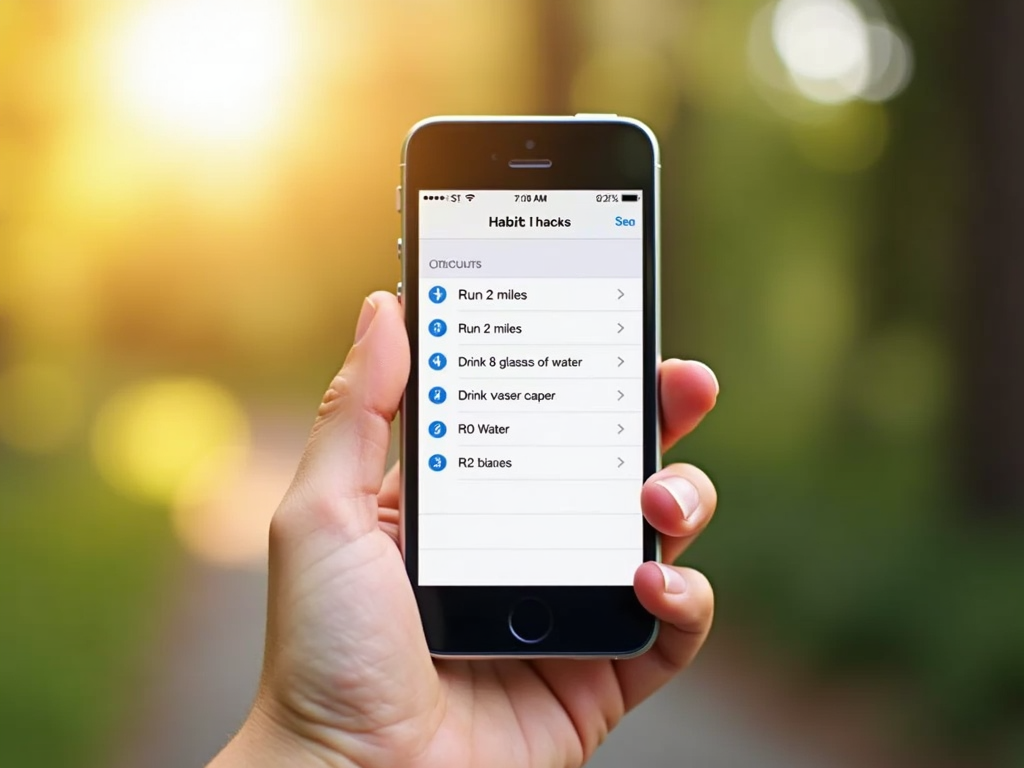Integrating habit tracking with fitness challenges can transform your wellness journey. By combining structured challenges with consistent habit monitoring, you can achieve lasting results and foster a healthier lifestyle for yourself and your family. This article explores how to make it work for you.

What Are Habit Tracking and Fitness Challenges?
Habit tracking means keeping a record of your daily actions to build consistency. Fitness challenges, like a 30-day fitness challenge, are set programs with specific goals, such as exercising daily or eating healthier. Together, they create a system that keeps you accountable and motivated.

I tried a 30-day fitness challenge last spring, aiming to get back in shape. It included daily walks, simple workouts, and drinking more water. Using a habit-tracking app, I checked off each task. Seeing my streak grow kept me going, even when I wanted to skip a day.

Why Integrate Habit Tracking with Fitness Challenges?
Pairing these two boosts your success. Habit tracking shows your progress clearly, while fitness challenges give you a goal to chase. Together, they help you stay focused and turn short-term efforts into long-term habits.

During my challenge, I hit a wall around day 10. Rainy weather and a busy schedule tempted me to quit. But checking my app and seeing nine days of effort pushed me to keep going. That small win taught me how tracking builds resilience.

How to Start Integrating Habit Tracking with Fitness Challenges
Start with clear, simple goals. Want to walk more? Aim for 20 minutes a day. Use a tool like an app or notebook to log your habits. Break your challenge into small steps to make it doable.

Here’s a quick guide to habit-tracking methods:
| Method | Pros | Cons |
|---|---|---|
| Apps | Easy, reminders, stats | Needs phone, distracting |
| Journals | Personal, no tech | Takes time, forgettable |
| Calendars | Visual, simple | Less detail, not portable |
Pick what suits you best!

Involving your family can make fitness challenges more fun. Last summer, my family started a step-count contest. We tracked our steps daily, cheering each other on. It wasn’t just about fitness—it strengthened our bond and made family wellness a shared goal.

Overcoming Obstacles
Life gets busy, and motivation fades. Set reminders to log your habits. If you miss a day, don’t give up—start again. Celebrate small wins, like a week of workouts, to keep your spirits high.

For family fitness, adapt challenges to everyone’s level. Kids can do light exercises, while adults take on tougher ones. We tried a weekend hike once—my daughter collected leaves while I carried the backpack. Everyone stayed active and happy.

The Science Behind It
Habits form through repetition. A 30-day fitness challenge gives you enough time to build new routines. Tracking reinforces this by making your efforts visible, boosting your confidence and drive to keep going.

Habit tracking also lifts your mood. Seeing progress—like hitting 10,000 steps daily—makes you feel capable. During my challenge, I noticed I slept better and had more energy, all thanks to consistent tracking.

Rest Matters Too
Don’t skip rest days—they prevent burnout. Track sleep and recovery alongside exercise. I learned this the hard way when I overdid it and felt exhausted. Adjusting my habits helped me balance effort and rest.

Fitness challenges come in all forms. Try a strength challenge with push-ups, a cardio one with running, or a flexibility goal with yoga. Tailor habit tracking to match—log reps, miles, or minutes daily.

Final Thoughts
Integrating habit tracking with fitness challenges builds a path to lasting wellness. Set goals, track progress, and involve your family to make it stick. Stay consistent, celebrate wins, and watch your health transform—one habit at a time.
Discuss Here